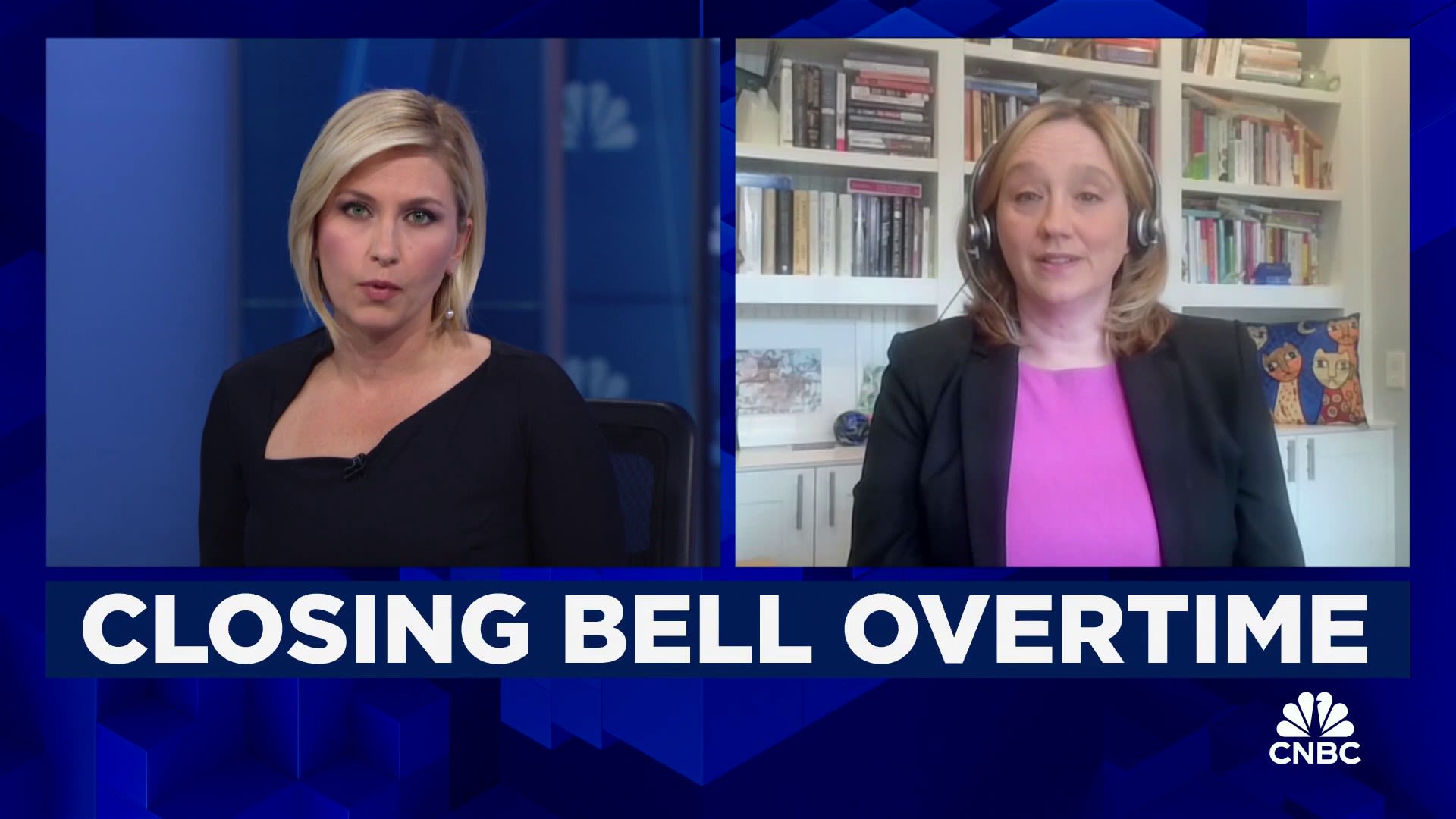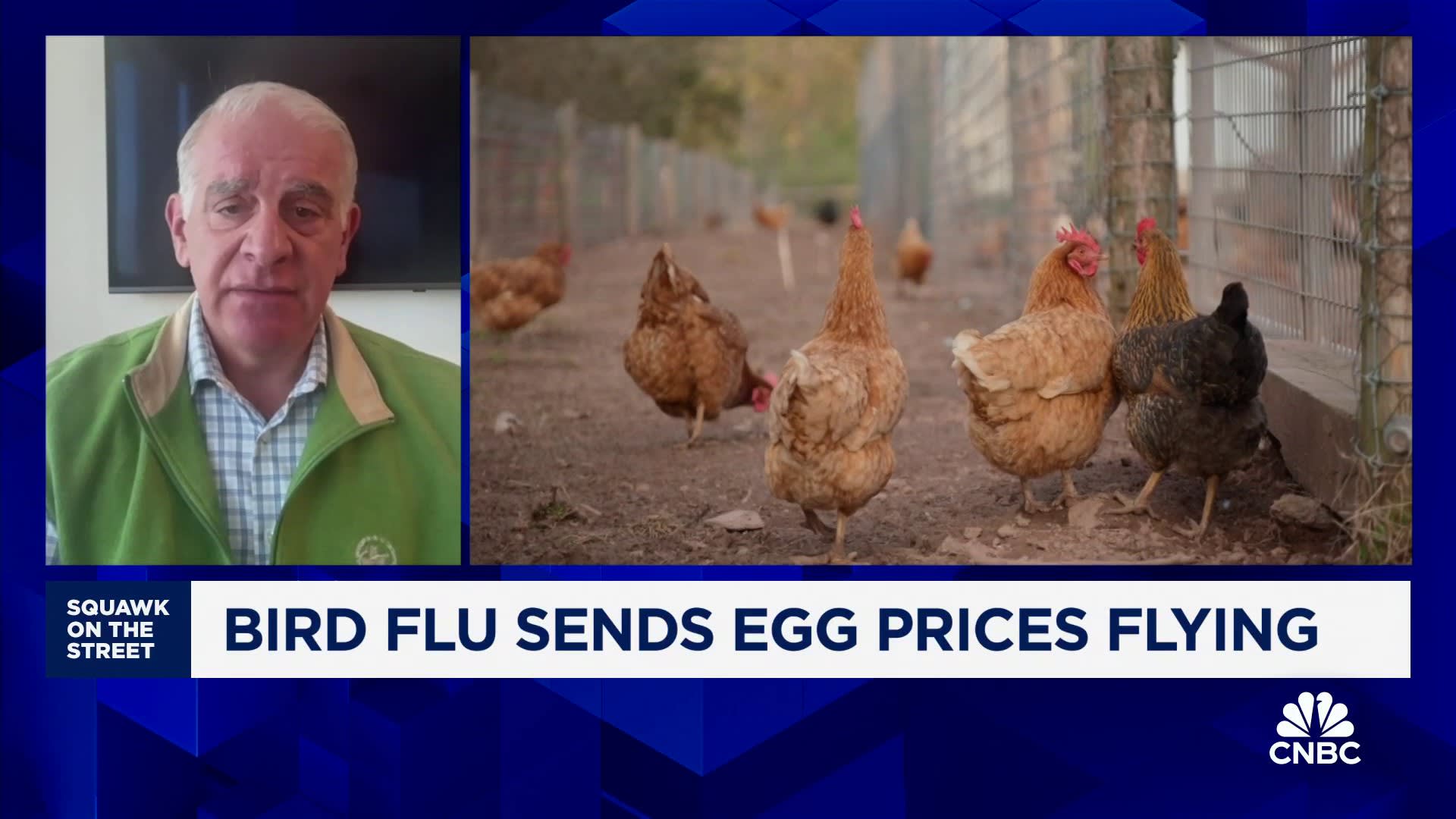Fotostorm | E+ | Getty Images
Inflation cooled below 3%
While many areas of the U.S. economy are disinflating — meaning their prices are still rising, though at a slower rate — some have been outright deflating. That means their prices have actually declined.
Deflation has largely occurred for physical goods, though it has also appeared in categories such as airline fares, gasoline and various food items, according to the consumer price index.
These are “micro pockets” of deflation, said Joe Seydl, senior markets economist at J.P. Morgan Private Bank.
But the deflationary dynamic is less widespread than it was earlier in the pandemic, when the unwinding of contorted supply-and-demand dynamics made it more pronounced, economists said.
“Broadly speaking, deflation for various items is increasingly less broad-based,” said Mark Zandi, chief economist at Moody’s.
Consumers shouldn’t expect a broad and sustained fall in prices across the U.S. economy. That generally doesn’t happen unless there’s a recession, economists said.
Why goods prices have fallen
“Core” goods — commodity prices excluding those related to food and energy — have declined by about 2% since July 2023, on average, according to CPI data.
They fell 0.3% during the month, from June to July 2024.
Demand for physical goods soared in the early days of the Covid-19 pandemic as consumers were confined to their homes and couldn’t spend on things such as concerts, travel or dining out.
The health crisis also snarled global supply chains, meaning goods weren’t hitting the shelves as quickly as consumers wanted them.
Such supply-and-demand dynamics drove up prices.
The environment has changed, however.
To that point, the initial pandemic-era craze of consumers fixing up their homes and upgrading their home offices has diminished, cooling prices. Supply-chain issues have also largely unwound, economists said.
Furniture and bedding prices are down more than 5% since July 2023, according to CPI data. Prices have also fallen over the past year for dishes and flatware (down about 8%), laundry equipment (-6%), nonelectric cookware (-10%), toys (-3%), and tools and hardware (-1%), according to the CPI.
Apparel prices are also down, for men’s and women’s outerwear (-12% and -4%, respectively), and infants and toddlers’ apparel (-4%), for example.
More from Personal Finance:
Social Security cost-of-living adjustment may be 2.6% in 2025
Here’s the inflation breakdown for July 2024
A U.S. construction boom is sending rents lower
Prices for new and used vehicles have fallen by 1% and 11%, respectively, since July 2023. Car and truck rental prices have deflated about 6%.
Car prices were among the first to surge when the economy reopened broadly early in 2021, amid a shortage of semiconductor chips essential for manufacturing.
“Vehicle prices remain under pressure from improved inventory and elevated financing costs,” Sarah House and Aubrey George, economists at Wells Fargo Economics, wrote in a note in July.

Higher financing costs are the result of the Federal Reserve raising interest rates to tame high inflation. Economists expect central bank officials to start cutting rates at their next policy meeting in September.
Outside of supply-demand dynamics, the U.S. dollar’s strength relative to other global currencies has also helped rein in prices for goods, economists said. This makes it less expensive for U.S. companies to import items from overseas, since the dollar can buy more.
Long-term forces such as globalization have also helped, by increasing imports of more lower-priced goods from China, economists said.
Deflation for airfare, food and electronics
Daniel Garrido | Moment | Getty Images
Airline fares have declined about 3% over the past year, according to CPI data.
The drop is partly attributable to a decline in jet fuel prices, said Stephen Brown, deputy chief North America economist at Capital Economics. Average aviation jet fuel prices are down about 17% from last year, according to the International Air Transport Association.
Airlines have also increased the volume of seats available on domestic routes, largely by flying bigger planes, Hayley Berg, lead economist at travel site Hopper, wrote in April.
This summer, “we’ve repeatedly seen airlines slash prices on many routes for travel in the next few months,” wrote Gunnar Olson, flight deal analyst at Thrifty Traveler. “It’s led us to declare that this is the best summer ever for travel.”
Grocery prices have fallen for items such as cereal, rice, bread, ham, fish, cheese, ice cream, potatoes, apples, bananas, margarine and snacks, according to CPI data.
Each grocery item has its own supply-and-demand dynamics that can influence pricing, economists said. For example, apple prices have deflated almost 15% in the past year due to a supply glut.
Additionally, there have been more price promotions lately at grocery stores, with a few “major retailers recently announcing price cuts that are likely to pressure competitors’ pricing,” wrote House and George of Wells Fargo.
Other categories’ deflationary dynamics may be happening only on paper.
For example, in the CPI data, the Bureau of Labor Statistics controls for quality improvements over time. Electronics such as televisions, cellphones and computers continually get better, meaning consumers generally get more for the same amount of money.
That shows up as a price decline in the CPI data.










